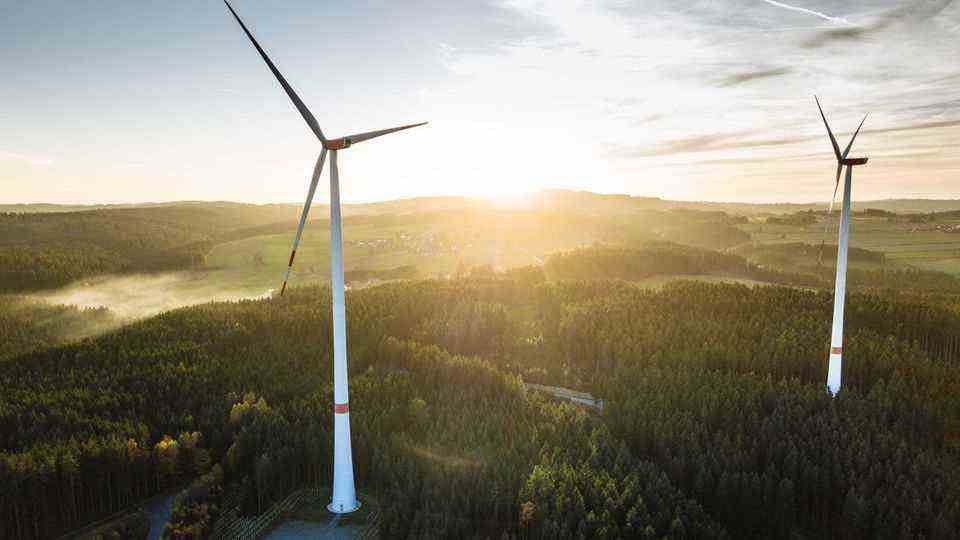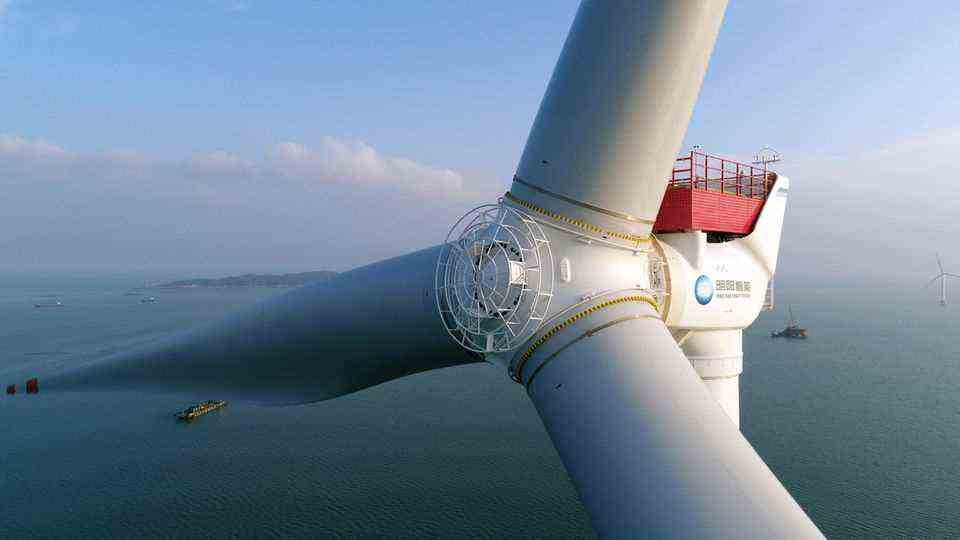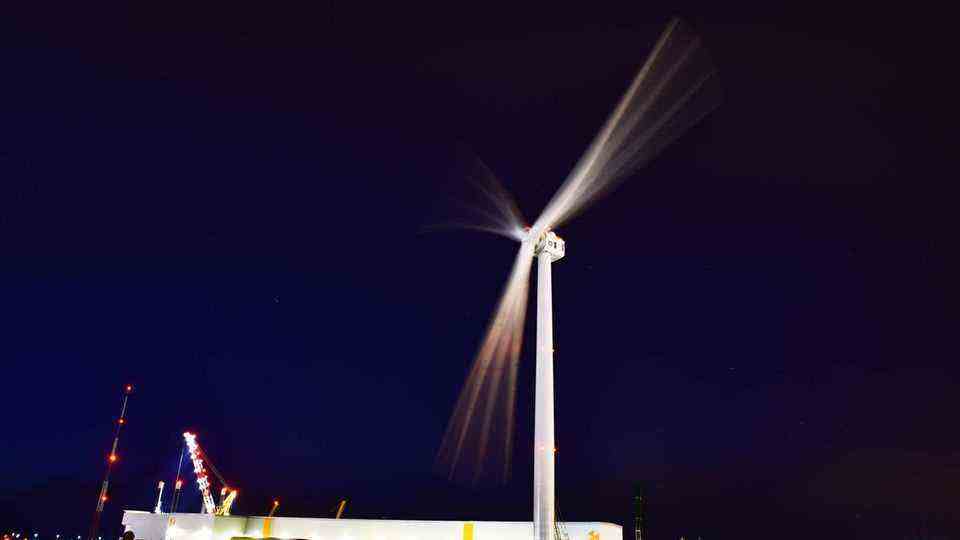climate change
Mechanical forests in Arizona are designed to suck the greenhouse gas CO2 out of the atmosphere
The Mechanical Forests aren’t pretty, but they’re efficient.
© University of Arizona / PR
The artificial “trees” are a thousand times more efficient at binding CO2 than their organic structures. They should not only store the CO2, but become part of a CO2 cycle system.
How to fight climate change? Using less fossil fuels is one method. However, it is better to remove the greenhouse gas from the atmosphere again. Today, attempts are being made to banish the gas below the earth’s surface or to bind it chemically. Researchers have been working on artificial plants for a long time. Systems that can bind more gas than the natural flora. The attempts include Julian Melchiorri’s algae trees, which are also aesthetically pleasing.
The mechanical forest created by scientists at the University of Arizona, on the other hand, is more reminiscent of a landscape from the Matrix films. These “trees” are upright tubes with a series of discs designed to capture the carbon dioxide. The gas is then diverted to underground tanks.
The trees developed by Klaus Lackner, a professor at Arizona State University, are said to be a thousand times more efficient than the natural variant, so they also take up correspondingly less space. The pillars consist of flat disks with a diameter of 1.5 meters. There is a gap of 5 centimeters between them. The individual panels are impregnated with a resin that binds the CO2. As soon as the substance is saturated, it drips down into a container.
Closed circle
“After about 20 minutes, the discs are full,” writes Lackner. “We introduce water and steam to release the CO2 in a closed environment and now we have a low-pressure mixture of water vapor and CO2.”
Energy is required to release the CO2 from the resin, but most of the heat is recovered. It is a different process than a real tree, which in turn converts the CO2 into carbon compounds and CO2. The mechanical forest would initially only be a CO2 vacuum cleaner and not a green lung.
Three large forests are planned, the first of which is scheduled to open this year. The cost is $2.5 million. All three are said to absorb 1000 tons of CO2 per day.
In addition to its efficiency, the advantage of the mechanical forest is that it can also be installed in steppes and deserts because, unlike real trees, it makes no demands on the soil or climate.
Professor Lackner said: ‘Humanity cannot afford to have ever increasing amounts of excess carbon floating around in the environment, so we have to get it out again’.
CO2 recycling
But his forest should not only store CO2, Lackner sees it as an important building block for a CO2 cycle. “You can convert CO2 into synthetic fuels – gasoline, diesel or kerosene – that contain no new carbon by blending the captured CO2 with green hydrogen produced with renewable energy,” he added. This fuel can be easily transported through existing pipelines and stored for years, allowing heat and electricity to be generated on a winter night in Boston with energy collected from last summer’s sunshine in Texas.
“Our recommendation is that when carbon comes out of the ground, it should be matched by an equivalent removal. If you produce 1 tonne of carbon in conjunction with coal, oil or gas, you must also remove 1 tonne. It doesn’t have to be the same tonne, but it is must give a certificate assuring that it has been stored.”
The attraction of a CO2 cycle system is that apart from the production of the e-fuels, not much has to change. Engines, gas stations etcetera could continue to be used as usual with slight modifications. The effort would be much less than if the power grid were to be expanded accordingly. It is currently not possible to judge how promising such procedures are. Ultimately, this question is determined by the costs of the respective system. Both during installation and during operation. In the case of e-fuels, the advantages of high energy density, unlimited supply and easy transport options are offset by the disadvantages of the costs of multiple conversion.





